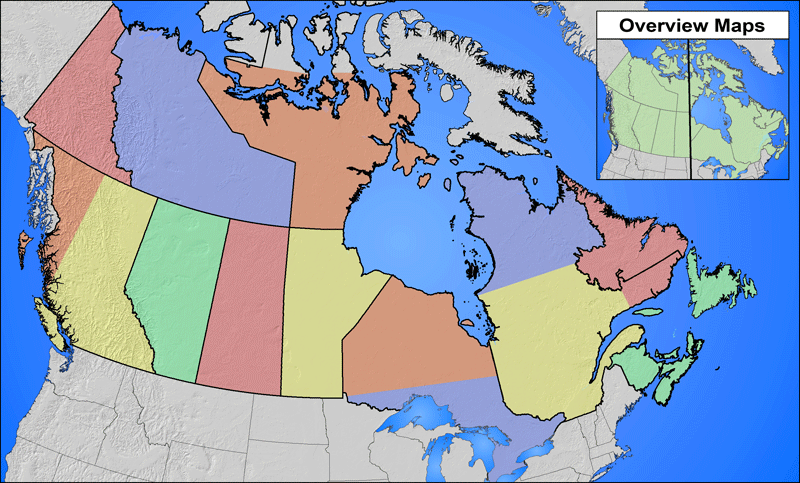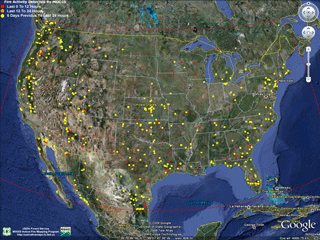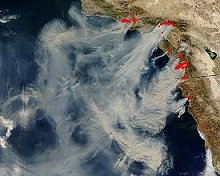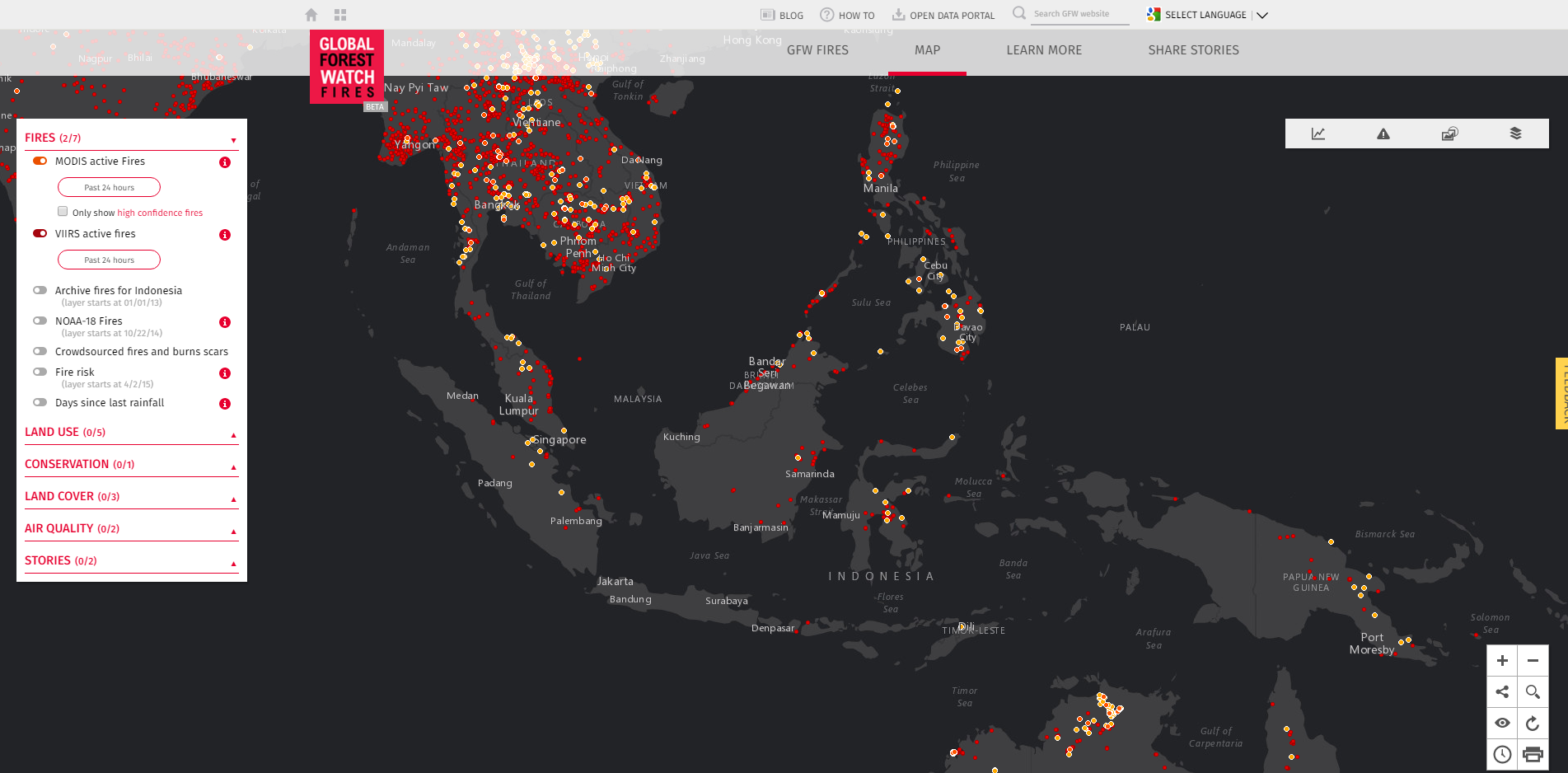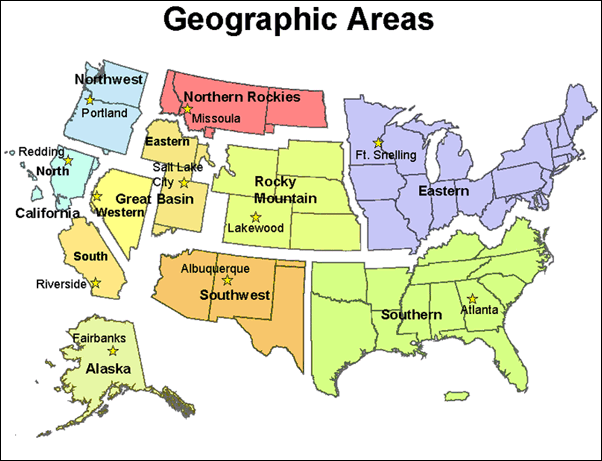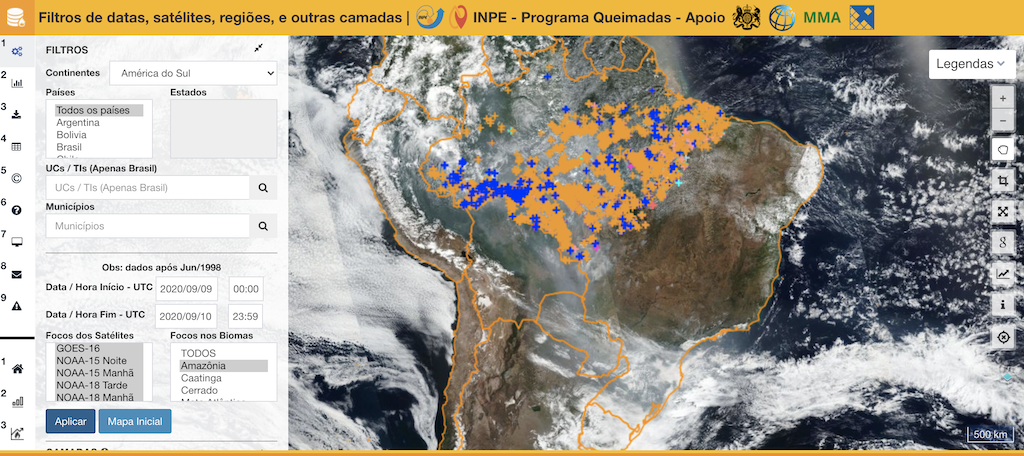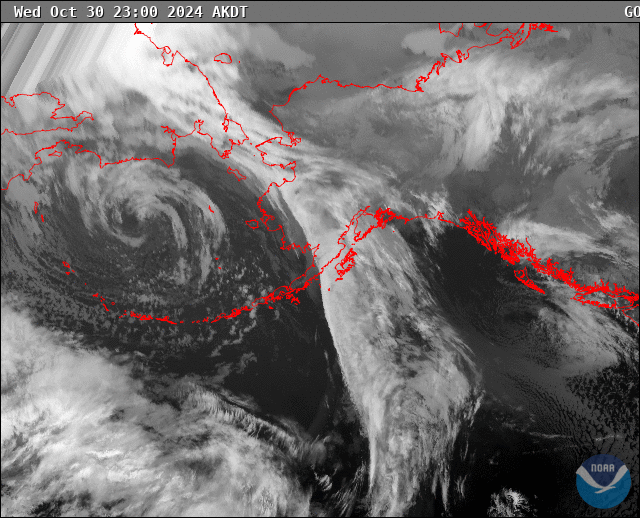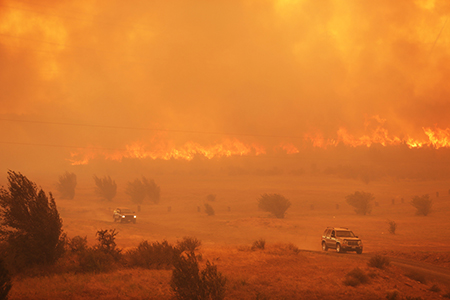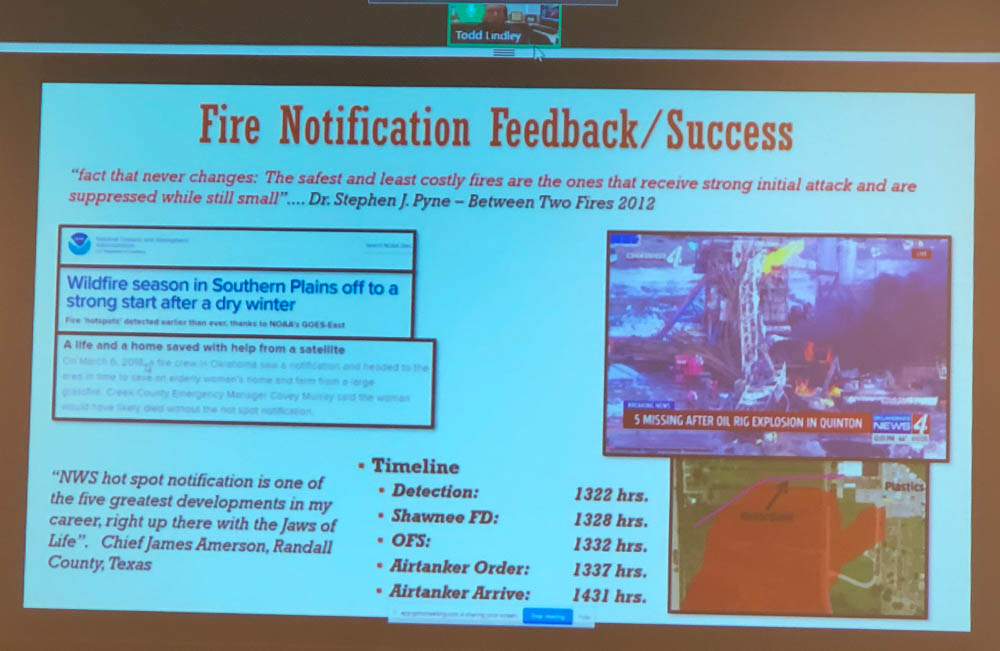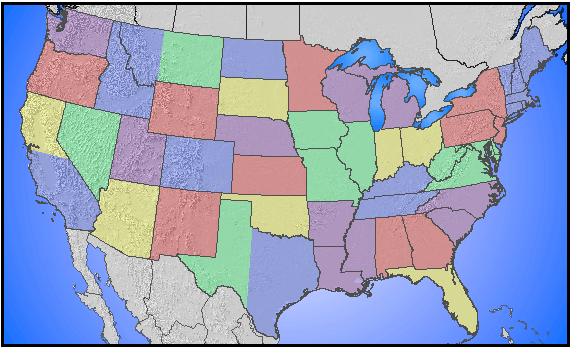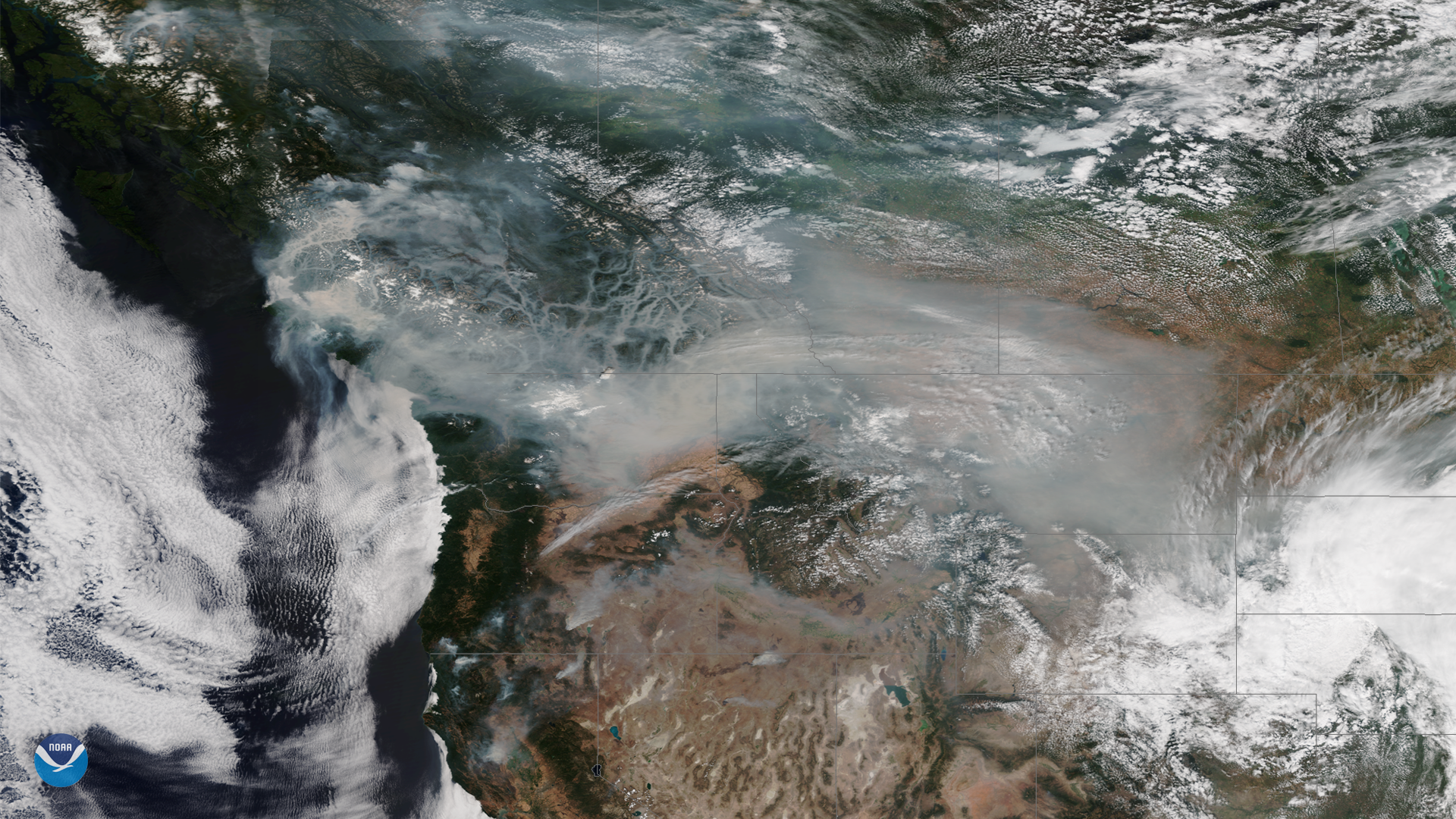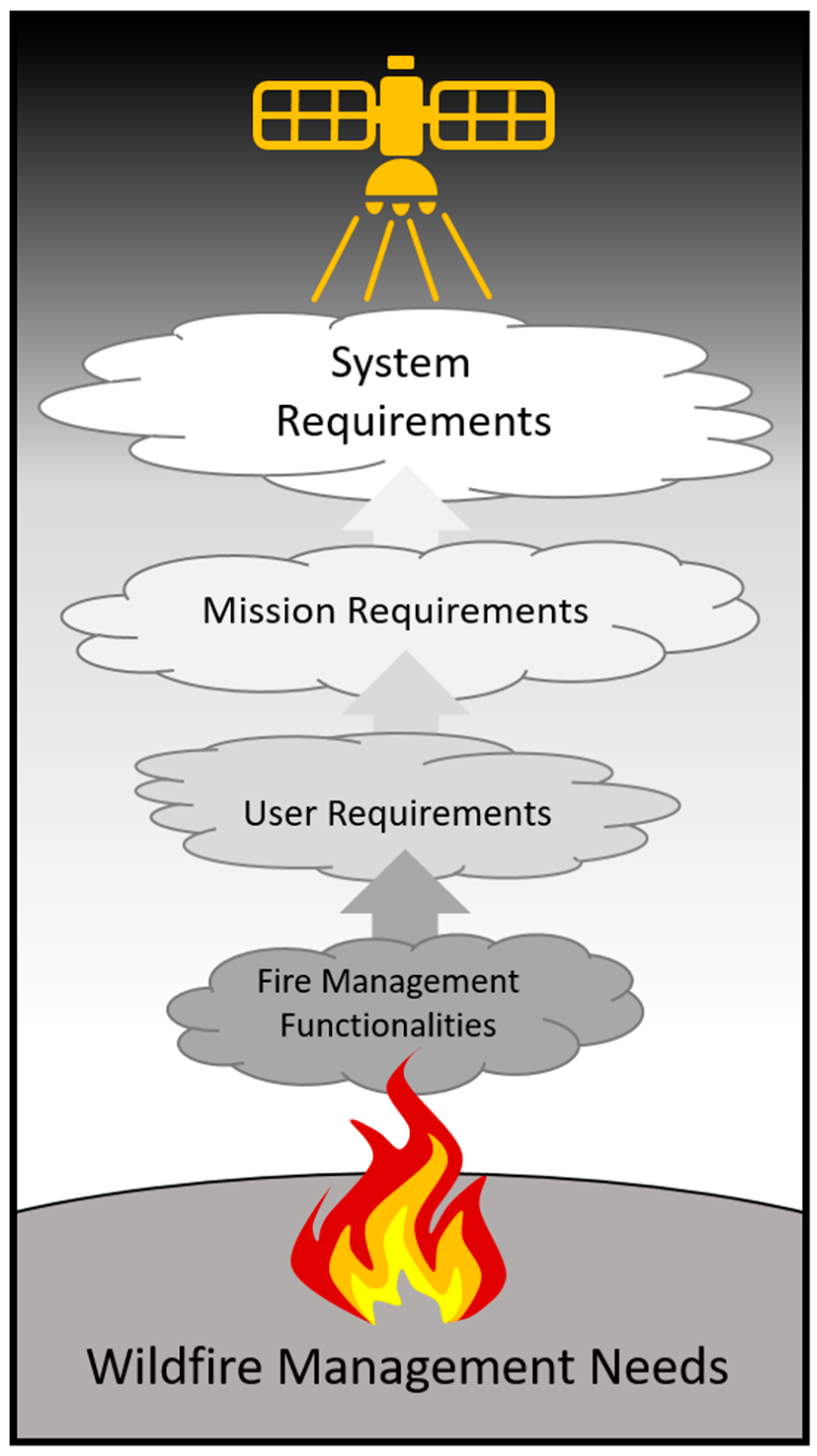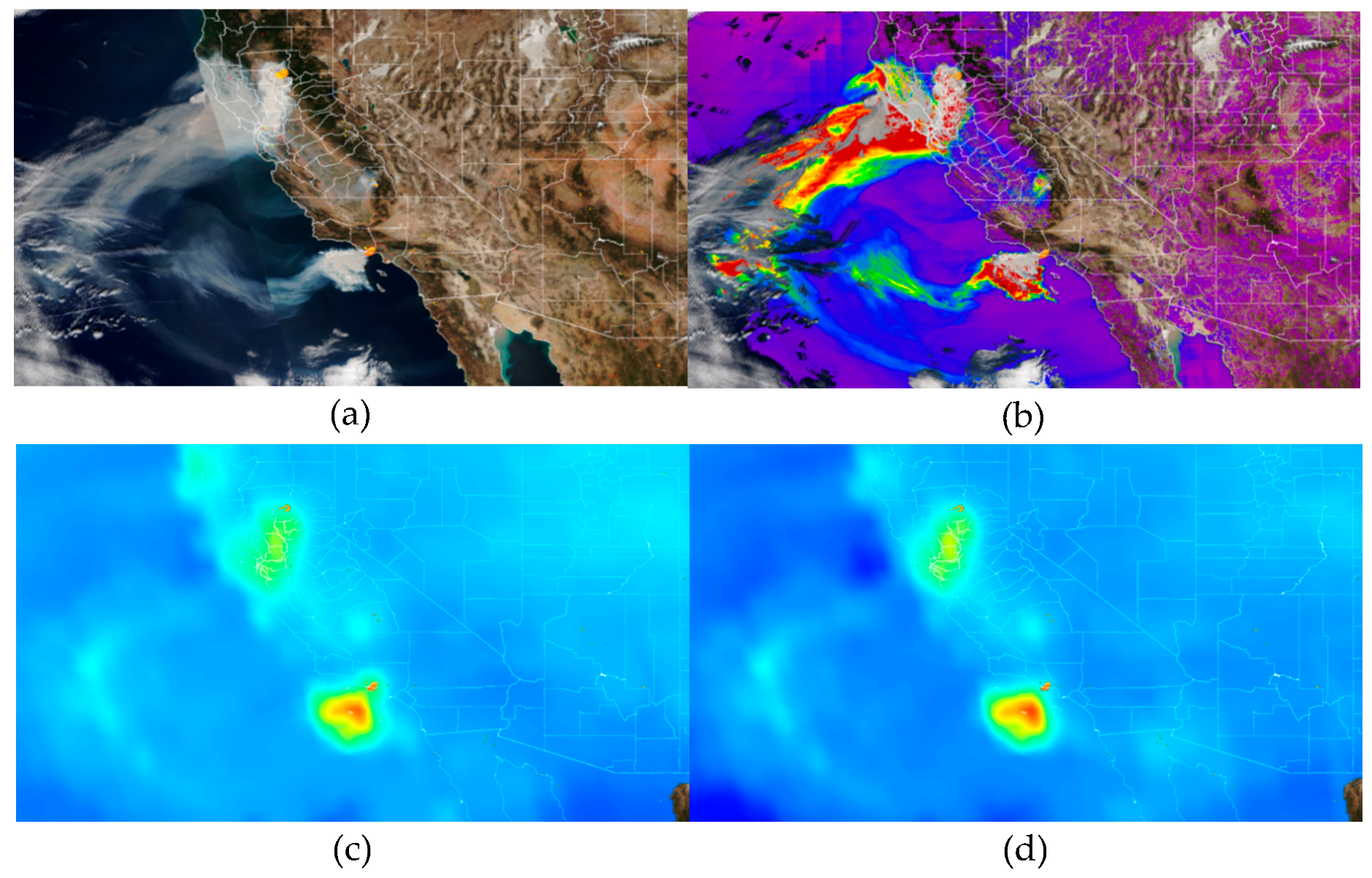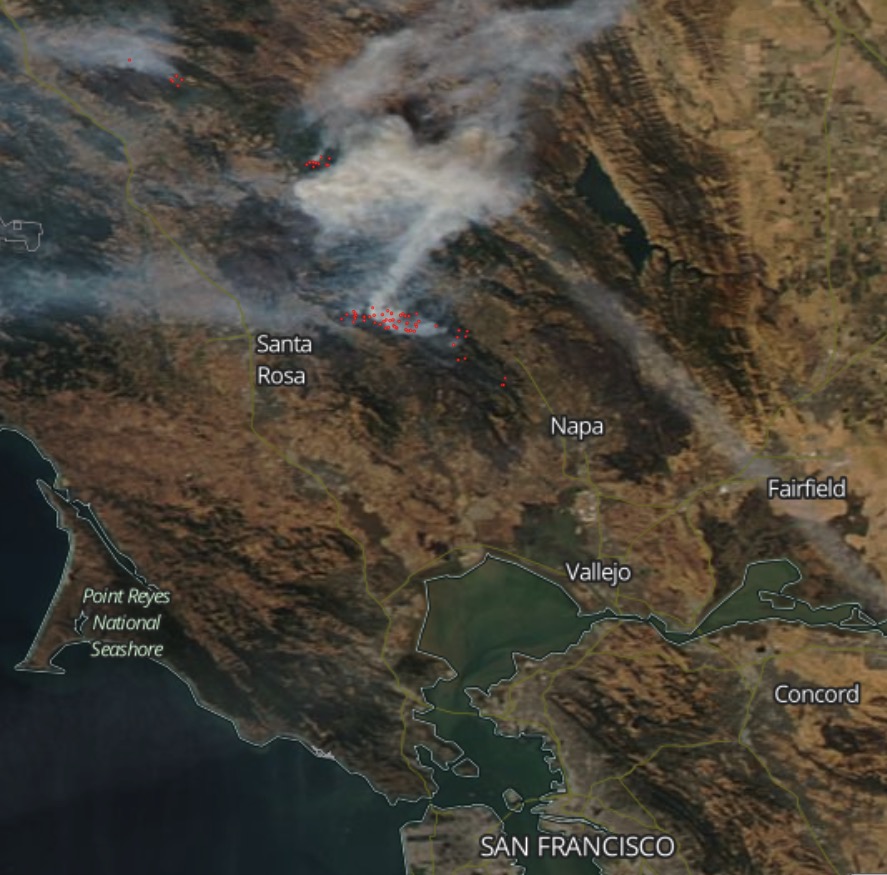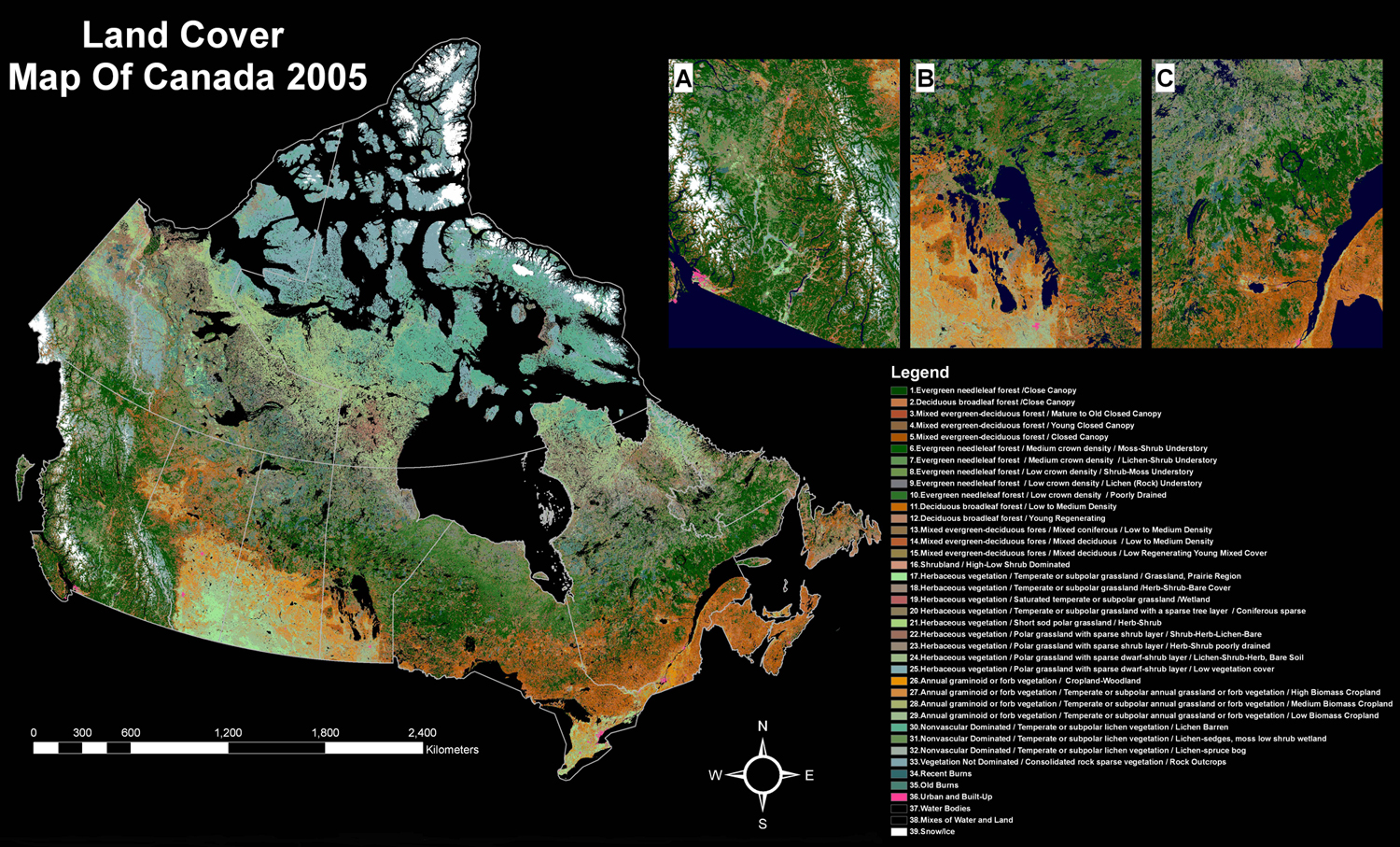Conus imaging sector and 10min observations over the entire western hemisphere full disk imaging sector with two satellites positioned at 75 2 o w goes 16 launched on november 2016 and 137 2 o w goes 17 launched on march 2018.
Satellite fire detection canada.
The national aeronautics and space administration s moderate resolution imaging spectroradiometer modis with channels specifically designed for fire detection is the most commonly used satellite sensor for detecting fires over large regions.
Forest service uses firms data as an integral component of its active fire mapping program which provides near real time detection and characterization of wildland fire conditions in a geospatial context for the continental united states alaska hawaii and canada.
Goes active fire detection data.
They provide continuous.
As noted by brad quayle program lead for the disturbance assessment.
Fire data is available for download or can be viewed through a map interface.
We first saw smoke from the sky the chance to use artificial intelligence plus a satellite s vantage point to equip remote firefighters with better.
Artificial intelligence for high volume satellite data we are tanka.
The data they provide is for california only.
Satellite fire detection data displayed on these maps are provided by the usda forest service geospatial technology and applications center nasa goddard space flight center direct readout laboratory nasa modis rapid repsonse system noaa nesdis satellite analysis branch univeristy of wisconsin space science and engineering center and the.
Users can subscribe to email alerts bases on their area.
Fire detection is conducted primarily by the 1 km resolution channels at 4 µm and 11 µm which.
Fire detections modis 1km viirs 375m and 750m avhrr 1km and goes 4km fire detections by time date of occurrence within the last 6 12 and 24 hours and the 6 days previous to the last 24 hour period.
For low cost sensor data a correction equation is also applied to mitigate bias in the sensor data.
Goes 16 and goes 17 the goes 16 and 17 satellites are in a geostationary orbit meaning they rotate with the earth and always view the same area of earth s surface.
Satellite fire detection alerts every 5 15 min.
Noaa s geostationary operational environmental satellite goes provides 5min observations over the conterminous u s.
The modis and viirs thermal layers are created from the modis satellite detection system and represents hot spots that could be potential fire locations in the last 24 hour period at a horizontal resolution of 1 km and temporal resolution of 1 to 2 days.
Goes 16 goes 17 modis and viiirs.
There are six fire detection satellite platforms used for our map.

